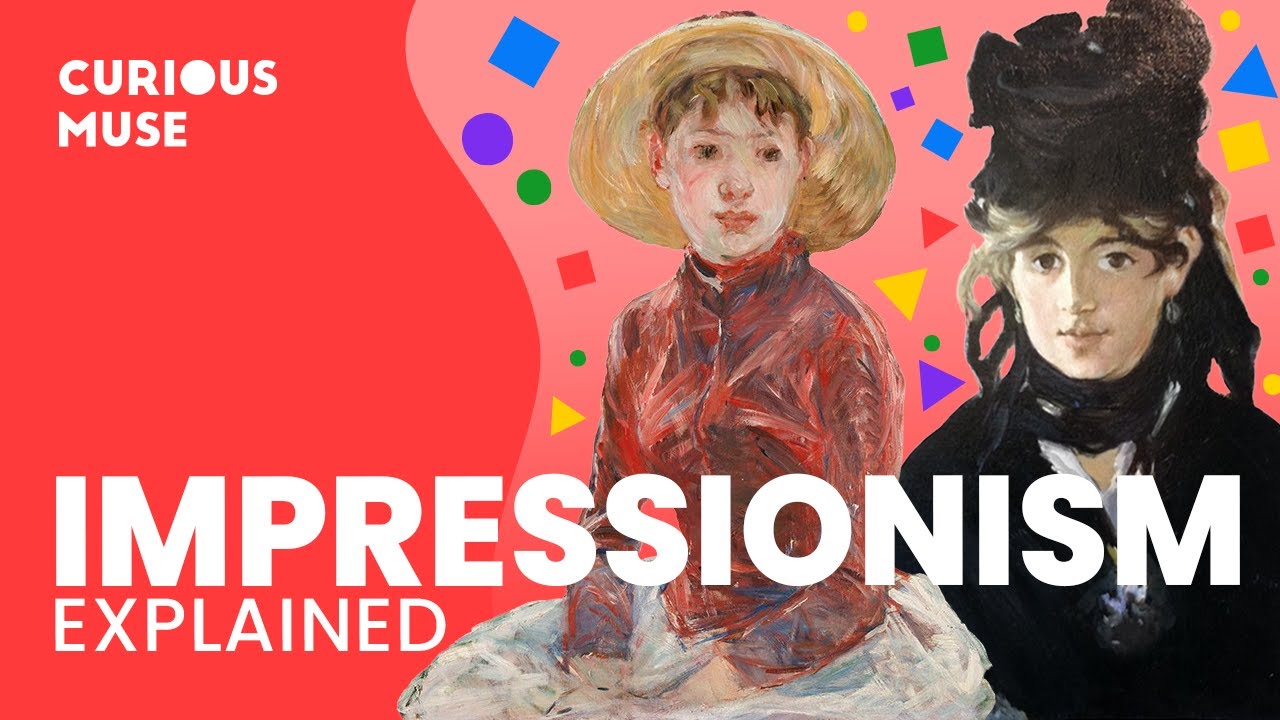
Impressionism is often seen as one of the most significant movements in the history of art. Emerging in the 19th century, it broke away from traditional artistic norms, offering a fresh perspective on how to depict reality. This blog post delves into the origins, characteristics, and impact of Impressionism, showcasing how it transformed the art world forever.
The Context of Impressionism
In the 1800s, the art scene was dominated by grand historical subjects and traditional themes. The main exhibition, known as the Salon, was organized by the Academy of Fine Arts, which favored conservative tastes. Artists who did not conform to these expectations often received a dramatic "rejected" stamp on their works. This rigid system stifled creativity and left many artists feeling frustrated and overlooked.
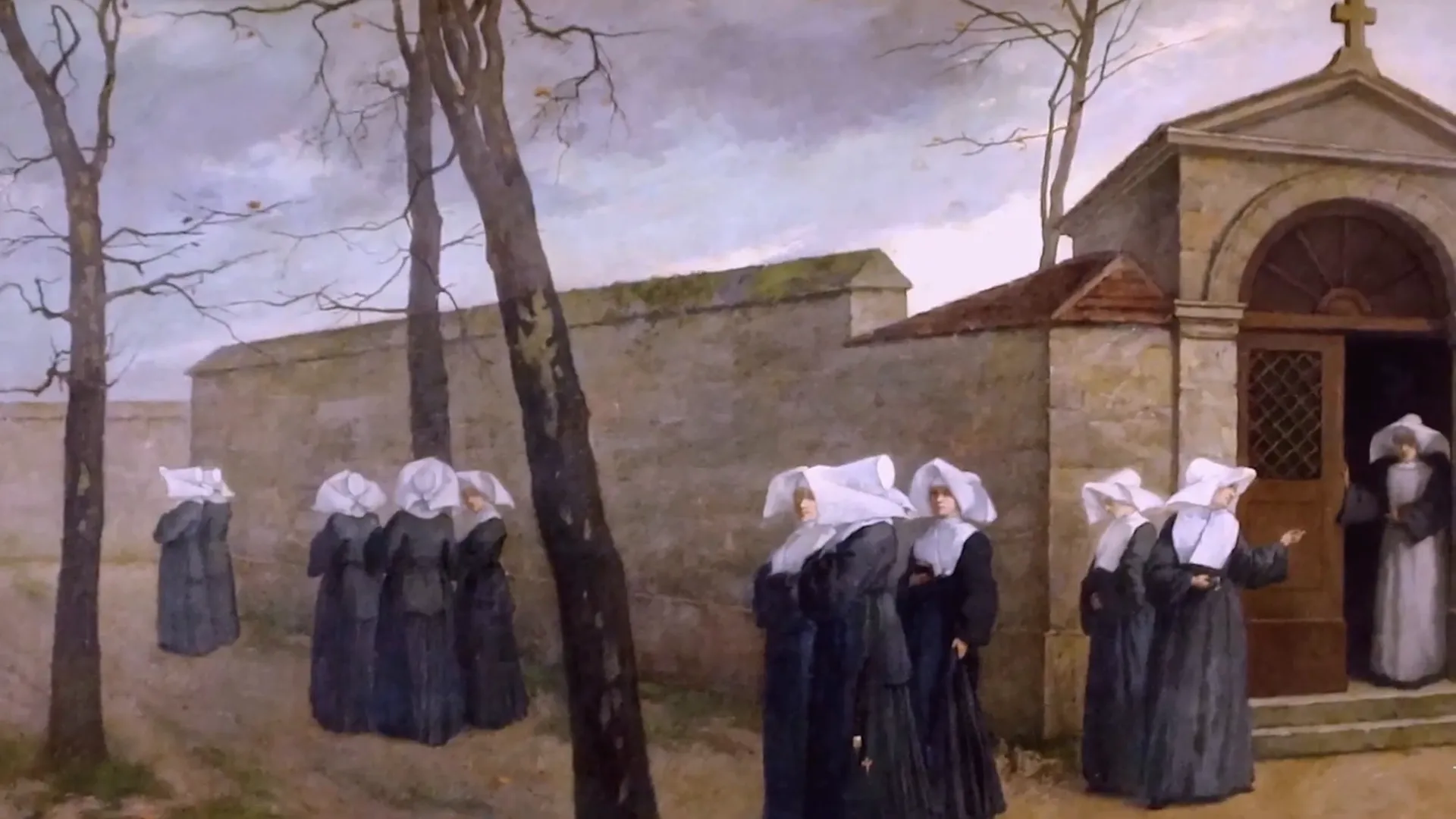
The Birth of a Movement
Impressionists sought independence from the Salon and its artistic constraints. They formed the Anonymous Society of Painters, Sculptors, and Printmakers, organizing their own exhibitions. The first of these was held in 1874 at the studio of French photographer Nadar. Notable figures in this movement included Claude Monet, Edgar Degas, Pierre-Auguste Renoir, and Camille Pissarro, among others. Over the next twelve years, they held eight exhibitions, challenging the status quo of Parisian art.
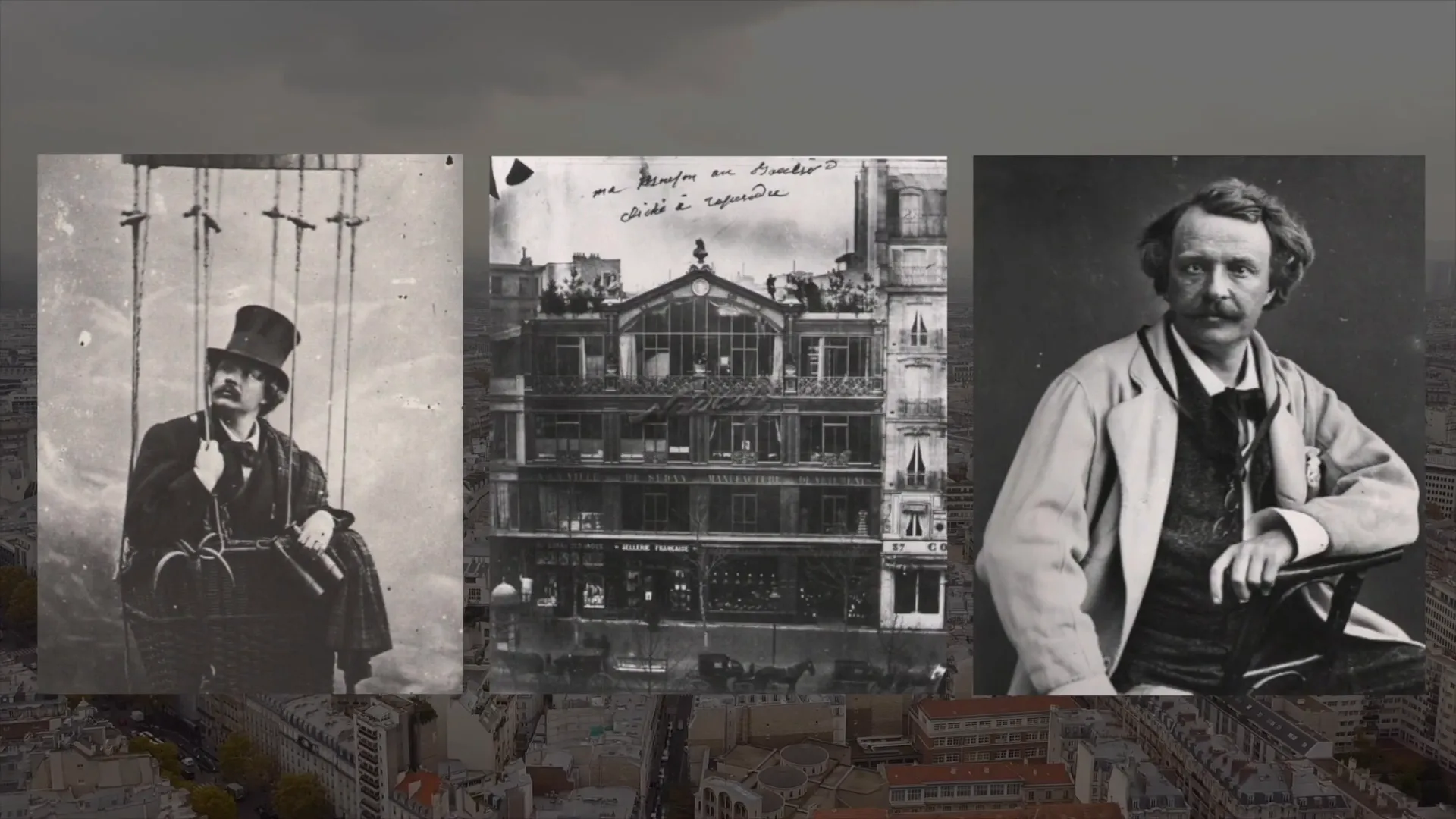
The Meaning Behind the Name
The term "Impressionism" originated from Monet's painting "Impression, Sunrise." An art critic named Louis Leroy described the painting as an "impression," implying it was unfinished. Ironically, this term became synonymous with a groundbreaking artistic movement that would redefine art.
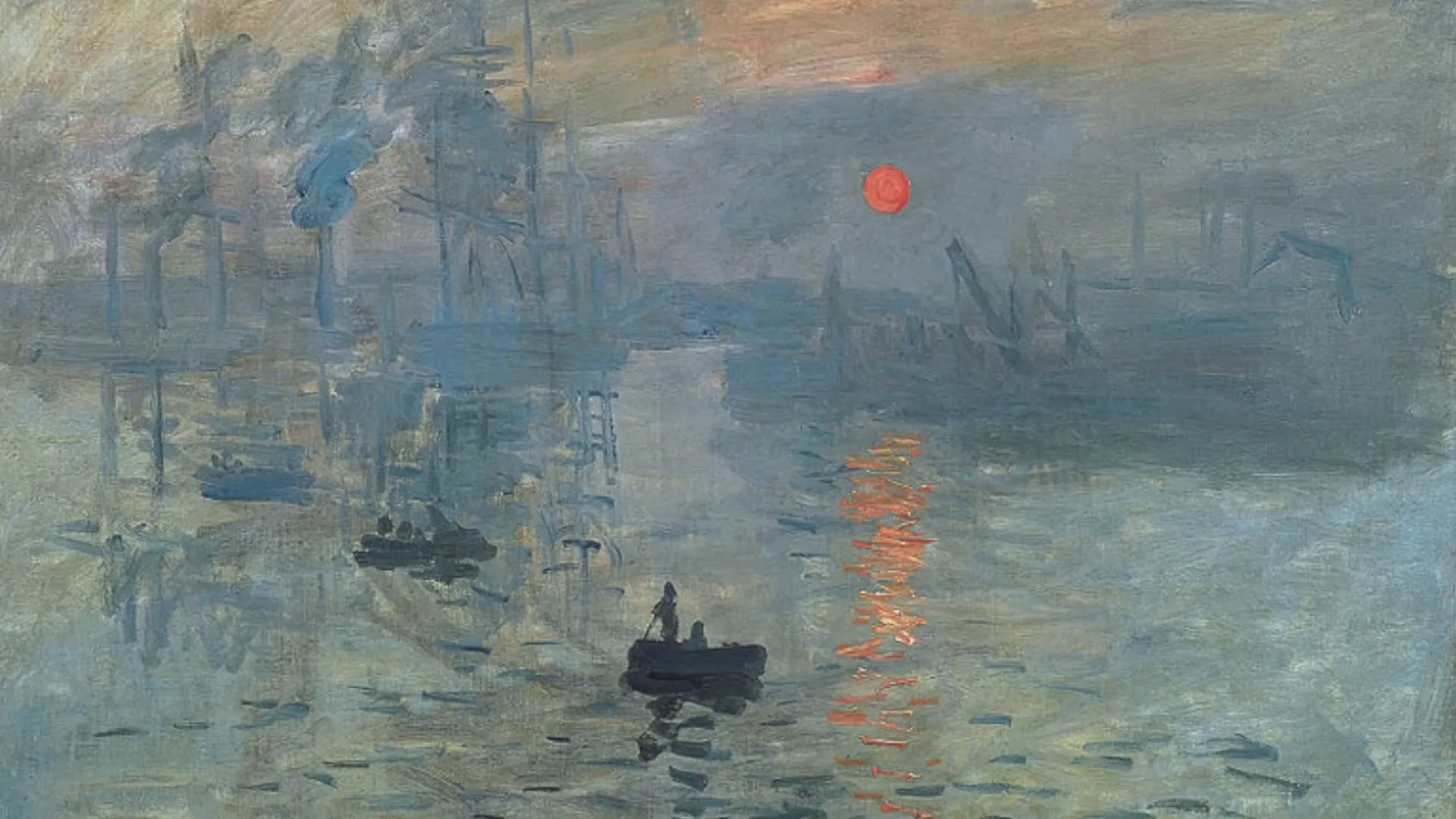
Characteristics of Impressionist Art
Impressionist works are characterized by their casual and informal style. They often feature loose brushstrokes and a deliberate departure from realistic representation. Instead of focusing on historical, biblical, or mythological themes, Impressionists drew inspiration from modern life. They captured the vibrancy of urban Paris, which was rapidly evolving during the 19th century.
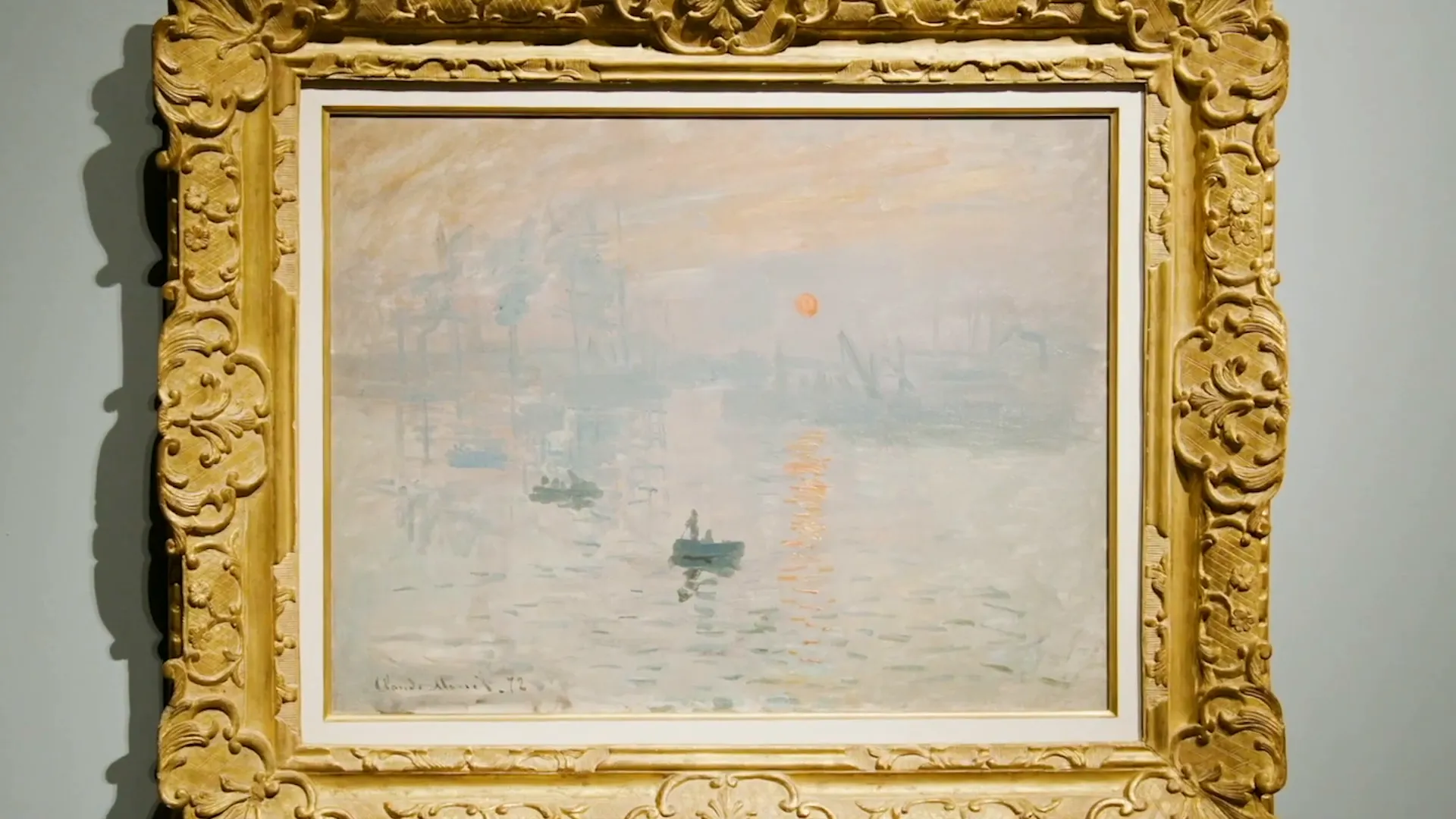
Painting Outdoors: En Plein Air
Many Impressionists preferred to paint outdoors, or "en plein air," which influenced their choice of smaller canvases. These smaller works were easier to transport, allowing artists to capture fleeting moments of light and color. The series of paintings depicting the Rouen Cathedral by Monet illustrates how varying times of day and weather conditions could dramatically alter the appearance of the same subject.

Innovative Use of Color
Impressionists utilized synthetic paints developed in the 19th century, allowing for a broader palette. They often placed complementary colors side by side rather than blending them, which intensified the vibrancy of their works. This approach was a departure from the heavy use of dark tones, as seen in traditional painting.
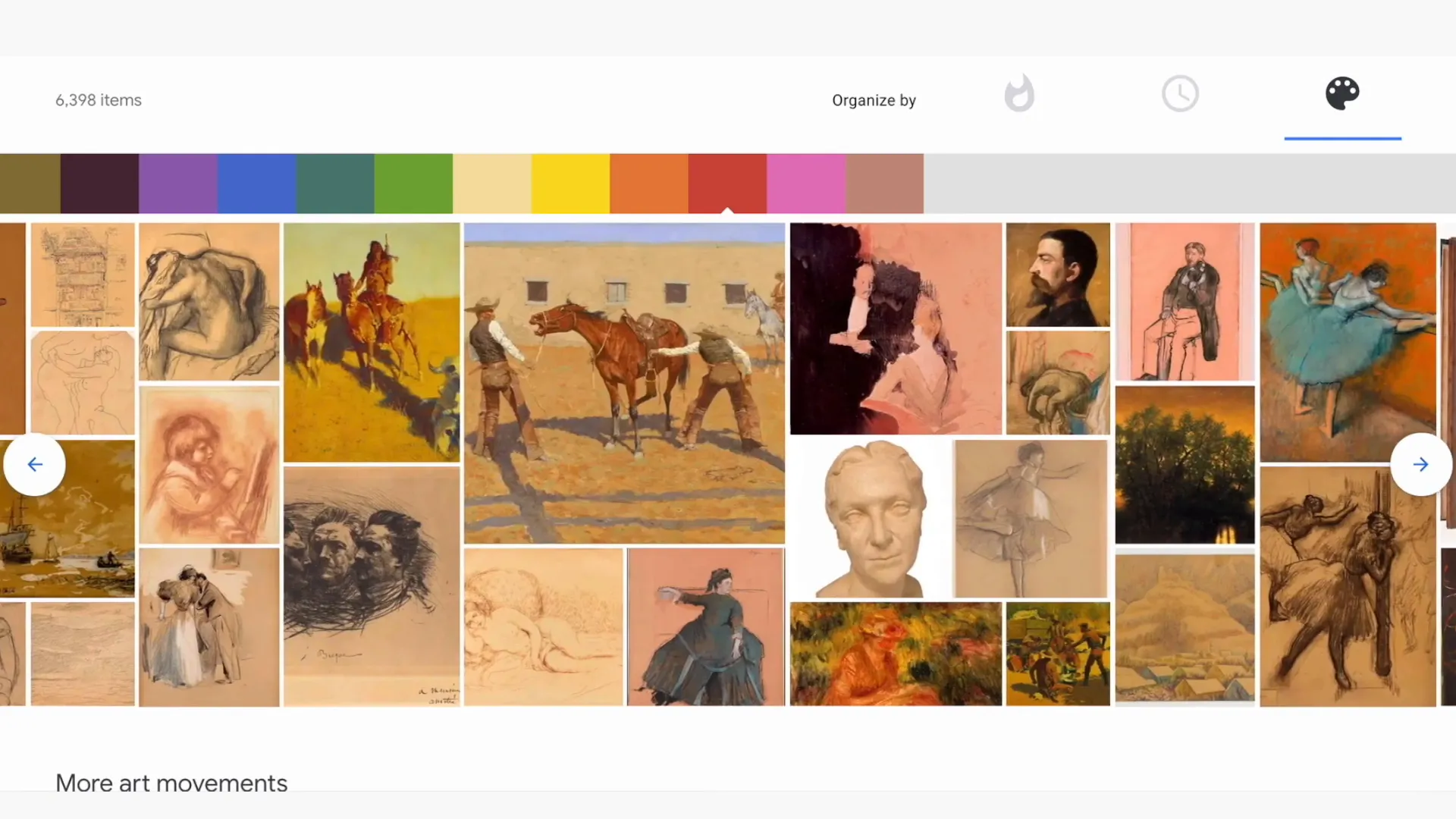
Everyday Life as Subject Matter
Impressionist paintings frequently depict leisurely activities of the middle-class French society. Scenes of swimming, boating, and socializing in cafes are common. For example, Renoir's "Bal du Moulin de Galette" captures the lively atmosphere of the Montmartre district, where people engage in dance and conversation.

Exploring Modernity
Artists like Renoir and Mary Cassatt highlighted the experiences of the audience at the theater, while Edgar Degas focused on the performances themselves, particularly ballet dancers. His works often portrayed the struggles of young ballerinas, reflecting the societal context of their lives.
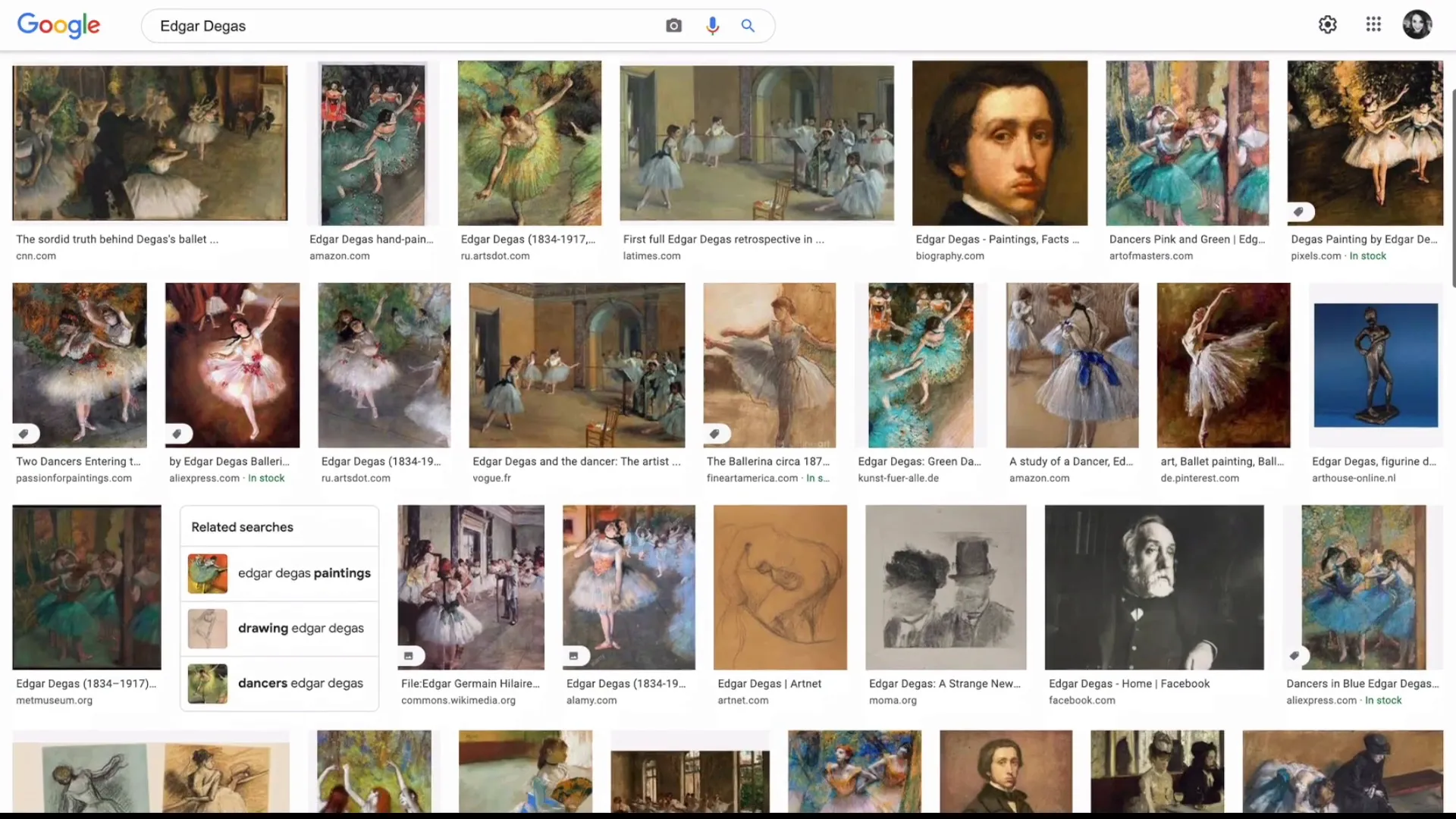
Women in Impressionism
Women played a crucial role in the Impressionist movement. Artists like Berthe Morisot and Mary Cassatt depicted the lives of bourgeois women, often capturing intimate domestic scenes due to societal restrictions on their access to public spaces. Morisot's "The Cradle" and Cassatt's "Little Girl in a Blue Armchair" exemplify these themes.
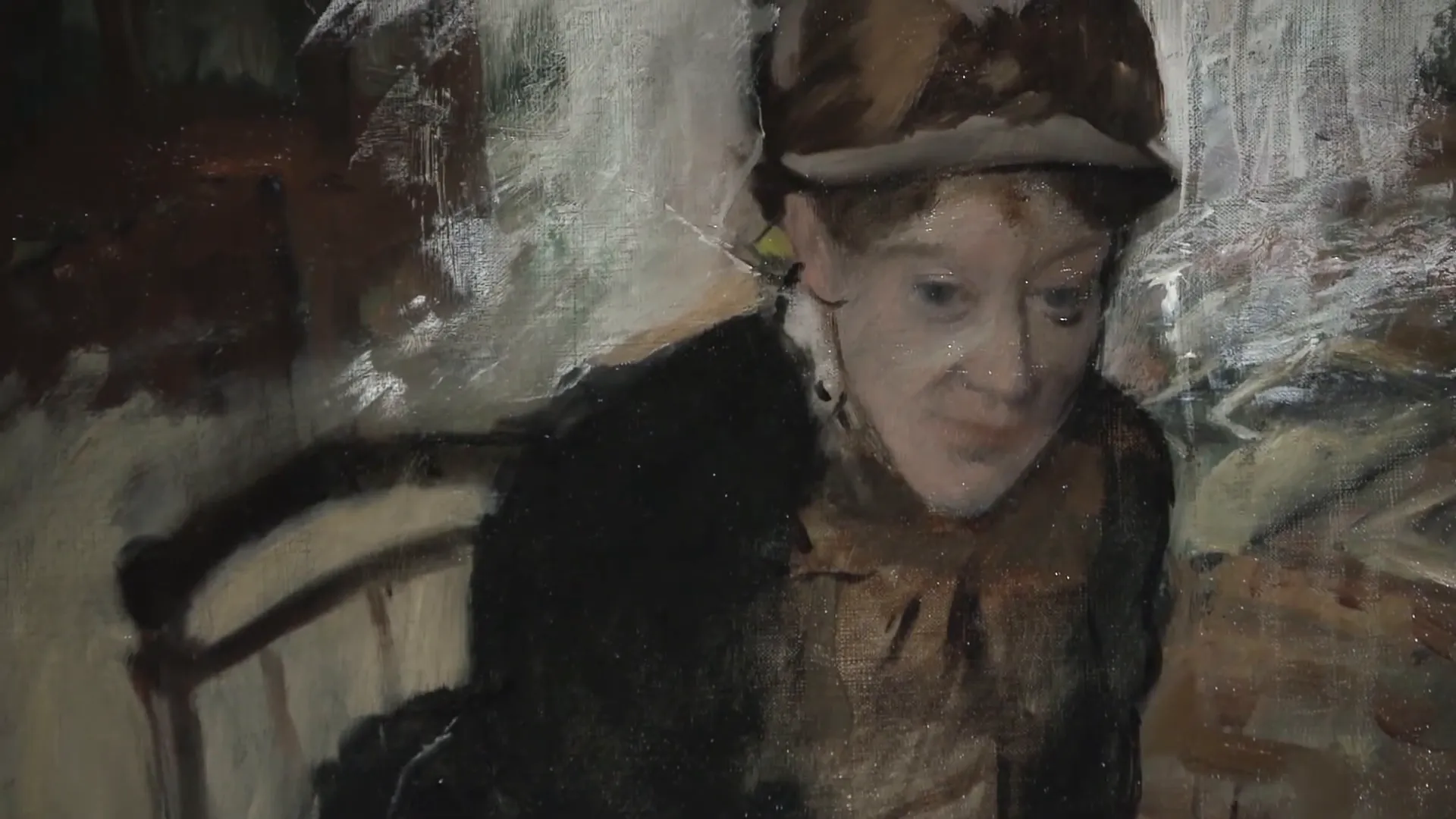
The Legacy of Impressionism
Impressionism marked a significant shift in the art world, moving away from historical and mythological themes to embrace everyday life. The movement's emphasis on personal perception and atmosphere laid the groundwork for many modern art movements that followed. Its revolutionary approach to color, light, and subject matter continues to influence artists today.
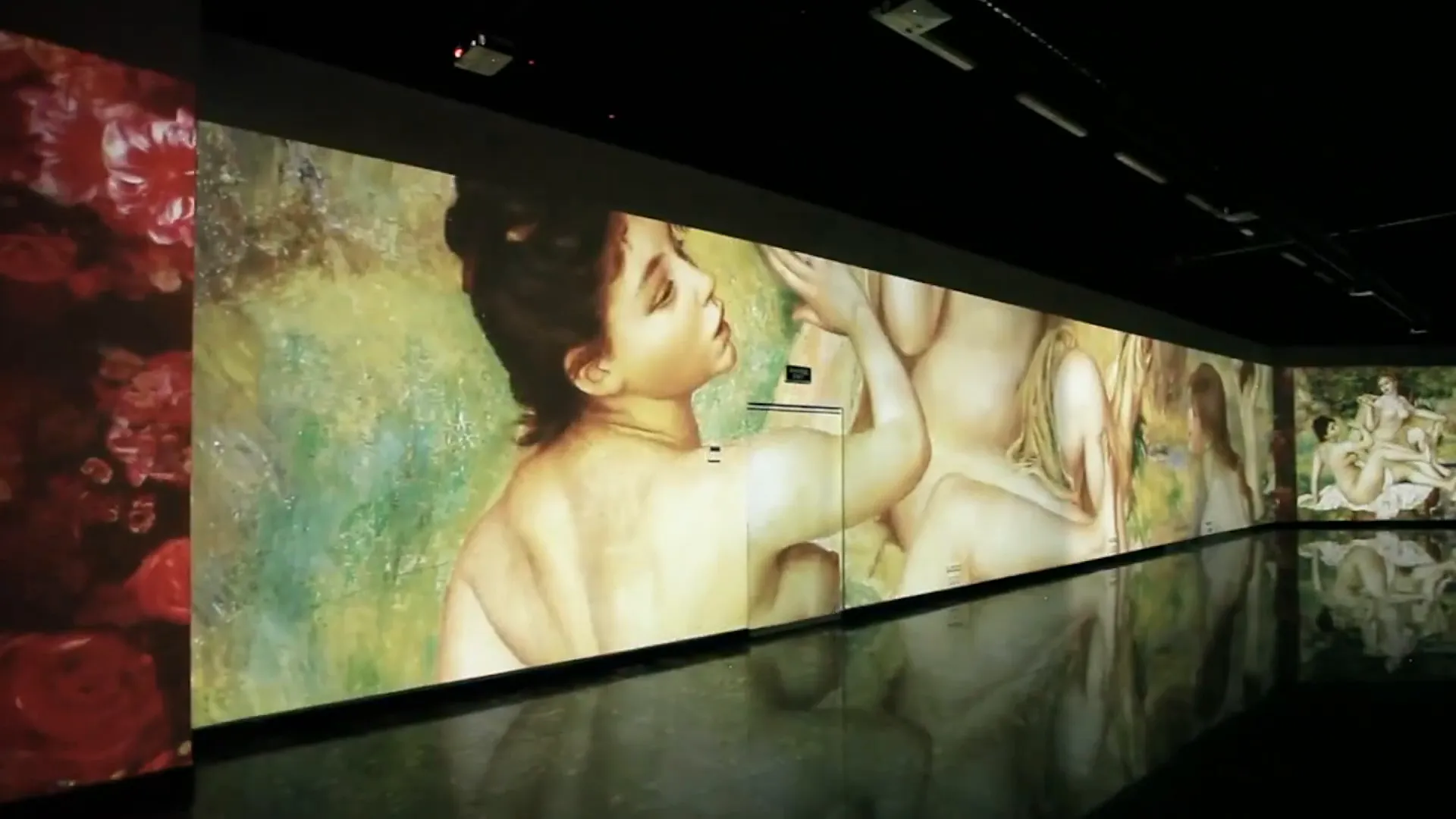
Conclusion
Impressionism transformed the landscape of art, celebrating modernity and personal expression. Its impact is evident in the works of countless artists who followed. As we reflect on this movement, we can appreciate how it reshaped our understanding of art and continues to inspire new generations of creators.
What are your thoughts on Impressionism? Which artist or artwork resonates with you the most? Feel free to share your impressions in the comments below!
